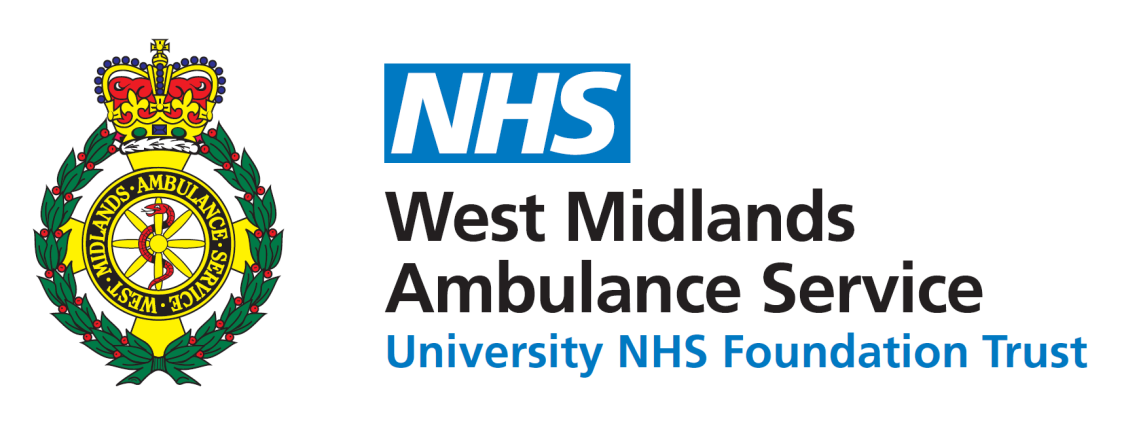Background
The COVID-19 pandemic was associated with social restrictions in the UK from 16th March 2020. It was unclear if the lockdown period was associated with differences in the case-mix of non-COVID acute medical admissions compared with the previous year.
Methods
Retrospective data were collected for 1st-30th April 2019 and 1st–30th April 2020 from University Hospitals Birmingham NHS Foundation Trust, one of the largest hospitals in the UK with over 2 million patient contacts per year. The latter time period was chosen to coincide with the peak of COVID-19 cases in the West Midlands. All patients admitted under acute medicine during these time periods were included. COVID-19 was confirmed by SARS-Cov-2 swab or a probable case of COVID-19 based on World Health Organization diagnostic parameters. Non-COVID patients were those with a negative SARS-Cov-2 swab and no suspicion of COVID-19. Data was sourced from UHB’s in-house electronic health system (EHS).
Results
The total number of acute medical admissions fell comparing April 2019 (n=2409) to April 2020 (n=1682). As a proportion of total admissions, those aged under 45 years decreased, while those aged 46 and over did not change. The number of admissions due to psychiatric conditions and overdoses was higher in April 2020 (p < 0.001). When viewed as a proportion of admissions, alcohol-related admissions (p = 0.004), psychiatric conditions and overdoses (p<0.001) increased in April 2020 than in April 2019. The proportion of patients who were in hospital due to falls also increased in April 2020 (p<0.001). In the same period, the absolute number and the proportion of admissions that were due to non-specific chest pain, to musculoskeletal complaints and patients who self-discharged prior to assessment decreased (p=0.02, p=0.01 and p = 0.002 respectively). There were no significant differences in non-COVID-related intensive care admissions or mortality between the same months in the two years.
Conclusion
In this large, single-centre study, there was a change in hospitalised case-mix when comparing April 2019 with April 2020: an increase in conditions which potentially reflect social isolation (falls, drug and alcohol misuse and psychiatric illness) and a decrease in conditions which rarely require in-patient hospital treatment (musculoskeletal pain and non-cardiac chest pain) especially among younger adults. These results highlight two areas for further research; the impact of social isolation on health and whether younger adults could be offered alternative health services to avoid potentially unnecessary hospital assessment.




